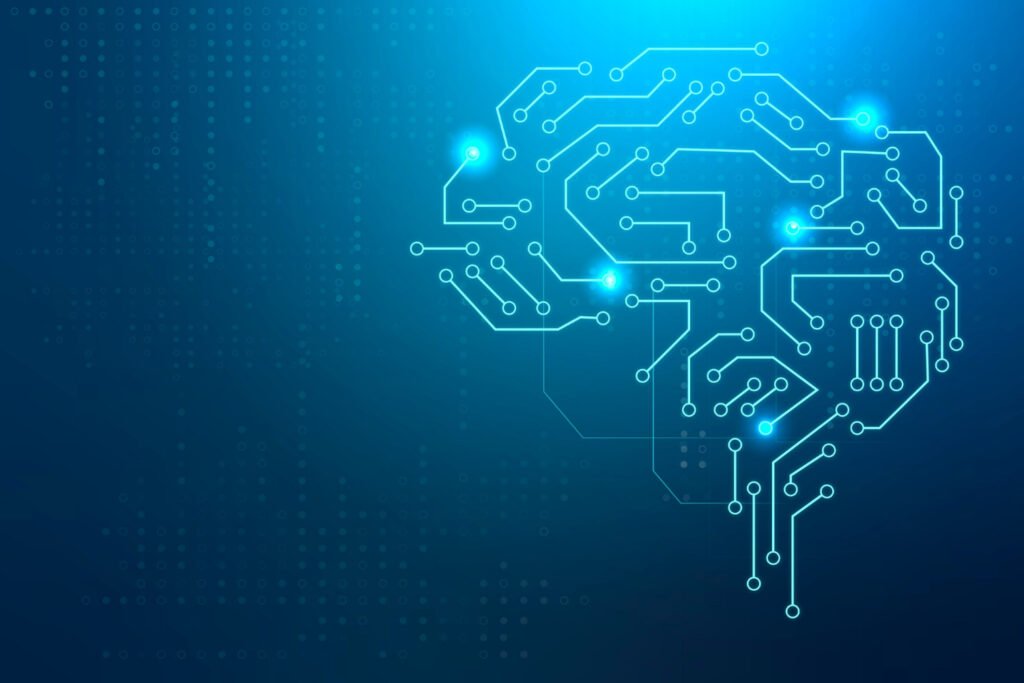The field of machine learning is dynamic and constantly evolving every day. However, there are different types of machine learning in data science. Much data is being generated in multiple organizations across different domains. The structured and processed data needs to be analyzed to generate meaningful predictions. Machine learning provides various techniques for generating new models for analyzing data and recognizing patterns in voluminous data sets.
As a novice to the field of machine learning, one would like to know what is ML and its types. Machine learning is a technology that uses algorithms to develop mathematical models to help computers learn based on available data and make predictions. It is a powerful tool that considerably reduces human intervention in solving complex real-world problems. It is a subset of artificial intelligence used to train AI models for automation.
The learning method of any machine learning algorithm can be largely divided into three parts:

The person in the picture is talking about the machine learning model optimization process
A decision process
Machine learning algorithms are one of the types of machine learning in data science that are supposed to generate a prediction or a classification. The algorithm will receive an input data set, which might be labeled or unlabeled. Based on the data provided, the algorithm will recognize a pattern.
An Error Function
An error function assesses the prediction of the model. Suppose the algorithm knows what is ml and its types with certain output data corresponding to the input data. In that case, the error function can assess the accuracy of the model’s estimate by comparison with the known data set.
A Model Optimization Process
A machine learning model gets trained on a particular data set to learn the pattern between the input and the output data sets. Certain weights are calibrated to reduce the variance between the training data set and the model estimate if the model fails to produce the desired prediction. This process of evaluating and optimizing the algorithm is iterated by adjusting the weights until a threshold of accuracy is reached.
Click Here to Unlock the power of Data Science: Enroll in Data Science Course by Today
Now that we are familiar with machine learning, we can proceed further to know what are the different types of machine learning models. In general, there are three types of machine learning algorithms one need to be well versed with:
- Supervised learning
- Unsupervised learning
- Reinforcement learning
The following gives a brief overview of three types of machine learning in data science with their algorithms:
Supervised Learning:
it is one of the different types of machine learning in data science, and the algorithm is trained on labeled data. This means the algorithm is fed with inputs and their corresponding required outputs. In this way, the model is instructed to learn a function to generate the output that almost matches the required one.
Linear regression, decision trees, and support vector machines are some examples of supervised learning algorithms.
Unsupervised Learning:
In this type of learning, the algorithm is provided with input data without any corresponding expected output. The algorithm is expected to learn a pattern or the associated logic in the data set provided. Clustering, dimensionality reduction, and association rule mining are examples of unsupervised learning algorithms.
Reinforcement Learning:

The people preparing a machine learning model
In this type of learning, an agent is exposed to an environment to receive feedback based on its performance. In the case of desirable actions the agent produces, it receives positive feedback through rewards. In case of unacceptable results, the agent receives a negative response in the form of penalties. This is the approach with which the agent learns to avoid erroneous actions and enhance the rewarding outputs. Examples of reinforcement learning algorithms include Q-learning, deep reinforcement learning, and Monte Carlo tree search.
Let us try to see what are the types of machine learning models, apart from the above-mentioned three types of machine learning models
Semi-supervised learning:
Semi-supervised learning merges both supervised and unsupervised learning. It involves training the model on both labeled and unlabeled data. The model uses the labeled data to learn the relationship between the input and output and then uses the unlabeled data to find additional patterns and relationships.
When labeled data is scarcely available or difficult to obtain, semi-supervised learning proves to be useful.
Semi-supervised learning is one of the different types of machine learning in data science, which is used to improve the accuracy of a supervised learning model by incorporating additional data. Self-training, co-training, and multi-view learning are examples of semi-supervised learning algorithms.
Deep learning

Deep Learning
Deep learning is a subdivision of machine learning. This technique uses artificial neural networks to learn from data. The input data is processed and transformed by the layers of interconnected nodes, which comprise neural networks
Deep learning can learn complex relationships and can be used for tasks such as image recognition, speech recognition, and natural language processing.
Deep learning has revolutionized artificial intelligence and enabled significant advances in areas such as computer vision and speech recognition. Examples of deep learning algorithms include convolutional neural networks (CNN), recurrent neural networks (RNN), and deep belief networks (DBN).
Click Here to Unlock the power of Data Science: Enroll in Data Science Course by Today
Conclusion
We briefly learned about machine learning and gained an understanding of different types of machine learning in data science with its models. Each one of them has its own strengths and weaknesses. The choice of model depends on the task at hand and the characteristics of the data. By understanding the different types of machine learning models, we can choose the most appropriate model for our problem and achieve better results.






I loved you better than you would ever be able to express here. The picture is beautiful, and your wording is elegant; nonetheless, you read it in a short amount of time. I believe that you ought to give it another shot in the near future. If you make sure that this trek is safe, I will most likely try to do that again and again.
Excellent beat, I would like to assist you while you update your website on how to subscribe for a blog site. The account provided me with a substantial amount of assistance, although I was already somewhat acquainted with this. Your broadcast presented a clear and concise concept.
This stage is incredible. The magnificent information uncovers the manager’s excitement. I’m shocked and anticipate additional such mind blowing material.
My brother suggested I might like this blog He was totally right This post actually made my day You can not imagine simply how much time I had spent for this info Thanks
Your posts always provide me with a new perspective and encourage me to look at things differently Thank you for broadening my horizons
Your posts are so thought-provoking and often leave me pondering long after I have finished reading Keep challenging your readers to think outside the box
Great information shared.. really enjoyed reading this post thank you author for sharing this post .. appreciated
Nice post. I learn something totally new and challenging on websites
Baddiehub You’re so awesome! I don’t believe I have read a single thing like that before. So great to find someone with some original thoughts on this topic. Really.. thank you for starting this up. This website is something that is needed on the internet, someone with a little originality!